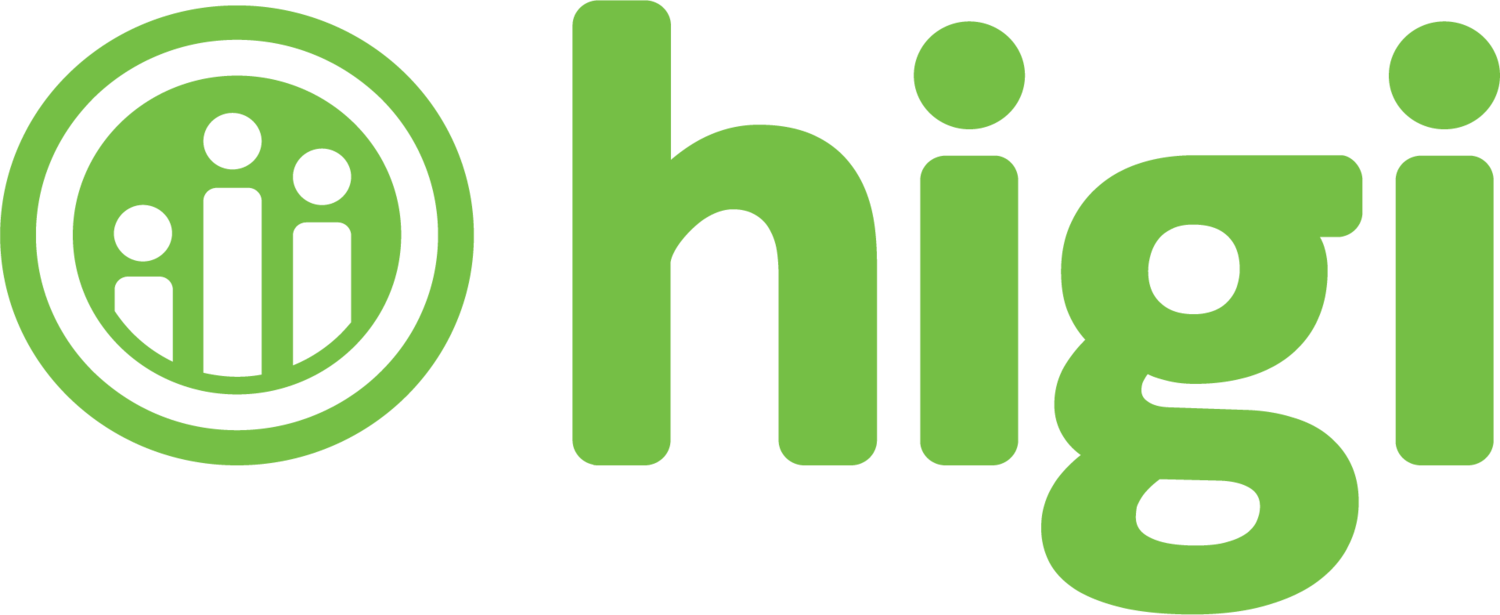This year I can
This year higi can help you be in control of your health. We are teaming with you and other trusted organizations in your community so you can be aware of and understand the importance of your personal health numbers as it relates to the signs and symptoms of diabetes, high blood pressure and memory loss.
WE CAN connect you with your health and wellness partners to make it easier to be your healthiest and take the next step in your health journey.
So say I CAN to know and prevent chronic conditions impacting your brain, heart and overall body health.
Why is it important to know my numbers and how higi can help
There are not always obvious symptoms for some of our most prominent chronic health conditions. Prediabetes, and diabetes, for example, may be severe before there are any warning signs and high blood pressure cannot be detected without testing. Your blood pressure, weight, and other personal health information together can let you know how healthy you are. By knowing your health numbers, you can better understand if you could be at risk.
higi is committed to making it easier for you to be your healthiest. That means, with regular visits to your local higi health station, you can know and track your health numbers real-time to prevent and manage your health. And it’s FREE! So make higi a habit for you becoming your healthiest.
Recommended steps for best screening results
Don’t eat a large meal, exercise or use decongestants, caffeine, alcohol or tobacco products for at least 30-60 minutes before measuring your blood pressure.
2.Use the bathroom if needed before checking your blood pressure.
3.Sit and rest for 5 minutes before taking your blood pressure.
4.Be seated with feet flat on the floor (legs uncrossed).
5.Time permitting, take 2 blood pressure readings during one visit, waiting 1 minute in between.
Understanding my blood pressure
Regular screenings at the higi station are a great way of taking control of your health. Knowing your blood pressure numbers is particularly important, even when you’re feeling fine. Blood pressure is the force of blood pushing against the walls of the arteries as the heart pumps blood. If the pressure rises and stays high over time, it can damage the body in many ways. Normal blood pressure is below 120/80 mm hg. If either of these two numbers are higher, you’ll want to consult with your physician and check your blood pressure regularly at the higi station.
Here are the blood pressure categories (measured in mmHg):
Consistently high blood pressure can be categorized into the following categories for adults (measured in mmHg):
This chart reflects blood pressure categories defined by the American Heart Association
How do you read your blood pressure?
Systolic: The first number indicates how much pressure your blood is exerting against your artery walls when the heart beats.
Diastolic: The second number indicates how much pressure your blood is exerting against your artery walls while the heart is resting between beats.
If an individual’s measurement reads 146 systolic and 88 diastolic, you would say “146 over 88” or write “146/88 mmHG.” This reading indicates a high blood pressure and the individual would be considered to have High Blood Pressure because the 146 systolic reading is the high blood pressure range.
While BP can change from minute to minute with changes in posture, exercise, stress, or sleep, it should normally be less than 120/80 mmHg (less than 120 systolic AND less than 80 diastolic) for an adult 20 or over. A single high reading does not mean that you have high blood pressure. If readings are consistently 130/80 mmHg or above over time, you should consult with your physician.
While monitoring your blood pressure, if you get a systolic reading of 180 mmHg or higher OR a diastolic reading of 120 mmHg or higher, wait a couple of minutes and take it again. If the reading is still at or above that level, you should seek immediate emergency medical treatment for a hypertensive crisis.

Get connected with Higi
Understanding Your Pulse
Here are the classifications for pulse rates:
What's the difference between blood pressure and pulse?
While your blood pressure is the force of your blood moving through your blood vessels, your pulse (also known as heart rate) is the number of times your heart beats per minute. Blood pressure and pulse will not necessarily increase at the same rate.
Why should I track my pulse?
Your pulse is one tool to help get a picture of your health, so tracking and sharing this information with your physician can be helpful. As you age, changes in the rate and regularity of your pulse can change and may signify a condition that needs to be addressed.
Your pulse can be affected by factors like stress, anxiety, hormones, medication, and how physically active you are. Normal heart rate varies from person to person, but a heart rate lower than 60 doesn’t necessarily signal a medical problem. It could be the result of taking a drug such as a beta blocker or can be common for people who are very athletic.
Active people often have lower heart rates because their heart muscle is in better condition and doesn’t need to work as hard to maintain a steady beat. A less active person might have a heart rate between 60 and 100. That’s because the heart muscle has to work harder to maintain bodily functions, making it higher.
If your pulse is very low or if you have frequent episodes of unexplained fast heart rates, especially if they cause you to feel weak or dizzy or faint, tell your doctor, who can decide if it’s an emergency.





